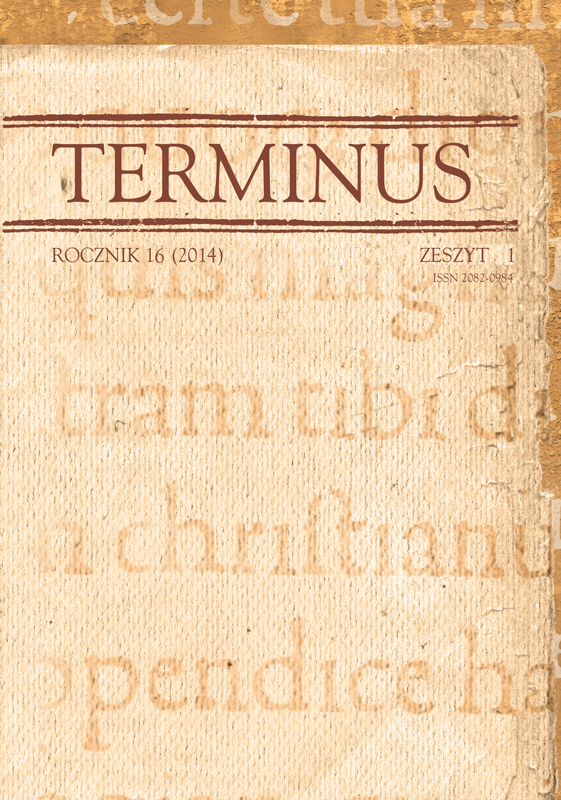Forma gatunkowa ody w łacińskiej poezji Jana Kochanowskiego (Lyricorum libellus)
The ode as a genre in the Latin poetry of Jan Kochanowski (Lyricorum libellus)
Author(s): Elwira BuszewiczSubject(s): Language and Literature Studies, Studies of Literature, Polish Literature
Published by: Wydawnictwo Uniwersytetu Jagiellońskiego
Keywords: neo-Latin poetry; works of Jan Kochanowski; Horatian imitation; poetic genres; ode and its variations
Summary/Abstract: The aim of this study is to establish the place of Jan Kochanowski’s Lyricorum libellus (1580) in the history of Polish Renaissance Neo-Latin ode presented against a wider European background. The development of this genre in this historico-literary period in Poland has received only fragmentary reporting, e.g. in relation to Horatianism in literature or as a background for the vernacular ode. Yet, as Carol Maddison argues in her Apollo and the Nine, the Neo-Latin ode is, in a sense, a new genre revived and newly “devised” by Renaissance humanists. In her fundamental work, Maddison also presents the development of the ode and its variations in Italy and France. According to ancient patterns used by poets, Horatian odes (including Kochanowski’s odes) can be divided into the “pindaric” and the “anacreontic-sapphic.” To some extent this division coincides with the classification of odes as “political” or “private.” Similar categorisation criteria adopted by various researchers (Zofia Głombiowska, Jacqueline Glomski, Józef Budzyński) may result in individual odes being assigned to several different categories. The first part of the paper, therefore, emphasises the identity of the Neo-Latin ode and its status as a new genre strongly related to Renaissance Humanism. In the second part, the author attempts to assign particular poems from Lyricorum libellus to patterns indicated by Maddison, and deals with previous attempts at classification based on differentiating between political and private odes. She also underlines that Kochanowski frequently imitated both pindaric and anacreontic patterns through Horace. In the third part, the author analyses the strophic organisation of individual odes and their metre as well as their logical-rhetorical structure. The odes are here classified with regard to these criteria and interpreted in accordance with their historical context. The author pays close attention to the genre’s borderline between ode and hymn, stylistic “nobilitation” of lyrical poems and the outright Horationism of the collection. Lastly, she presents conclusions concerning the role of Lyricorum libellus in the development of the ode. Before Kochanowski, a significant role in the evolution of the genre was played by the so-called “university ode,” which was popular in Silesian and German poetic circles, as well as in odes by Paweł z Krosna. Kochanowski’s odes, however, bear little resemblance to this stage of the development of the genre in Poland. Imitating Horace in the spirit of such poets as Michal Marullus or Giovanni Pontano, Kochanowski demonstrates a mature awareness of the Neo-Latin ode, formed at the meeting-point of ode and hymn and constituting an element of a cycle organised in accordance with a certain idea.
Journal: TERMINUS
- Issue Year: 16/2014
- Issue No: 1 (30)
- Page Range: 21-38
- Page Count: 18
- Language: Polish

